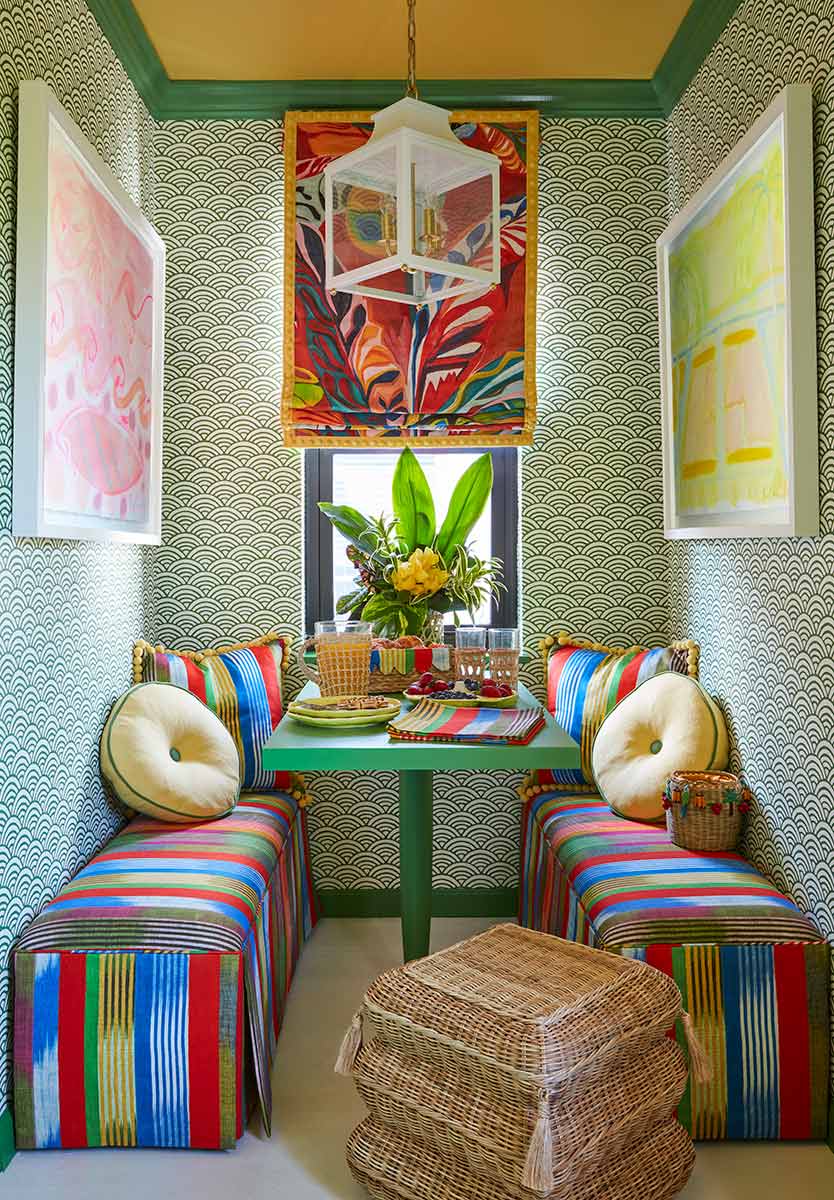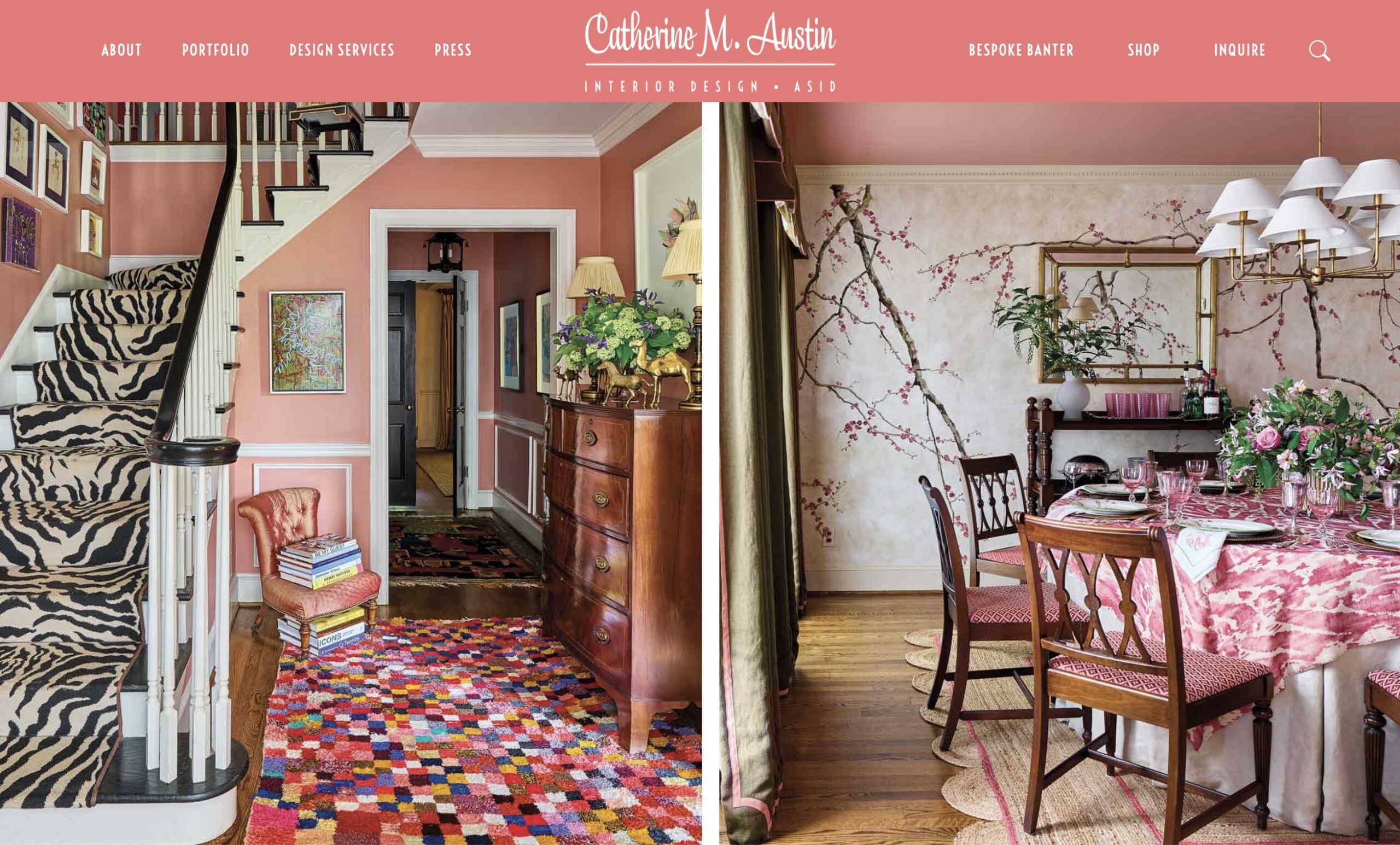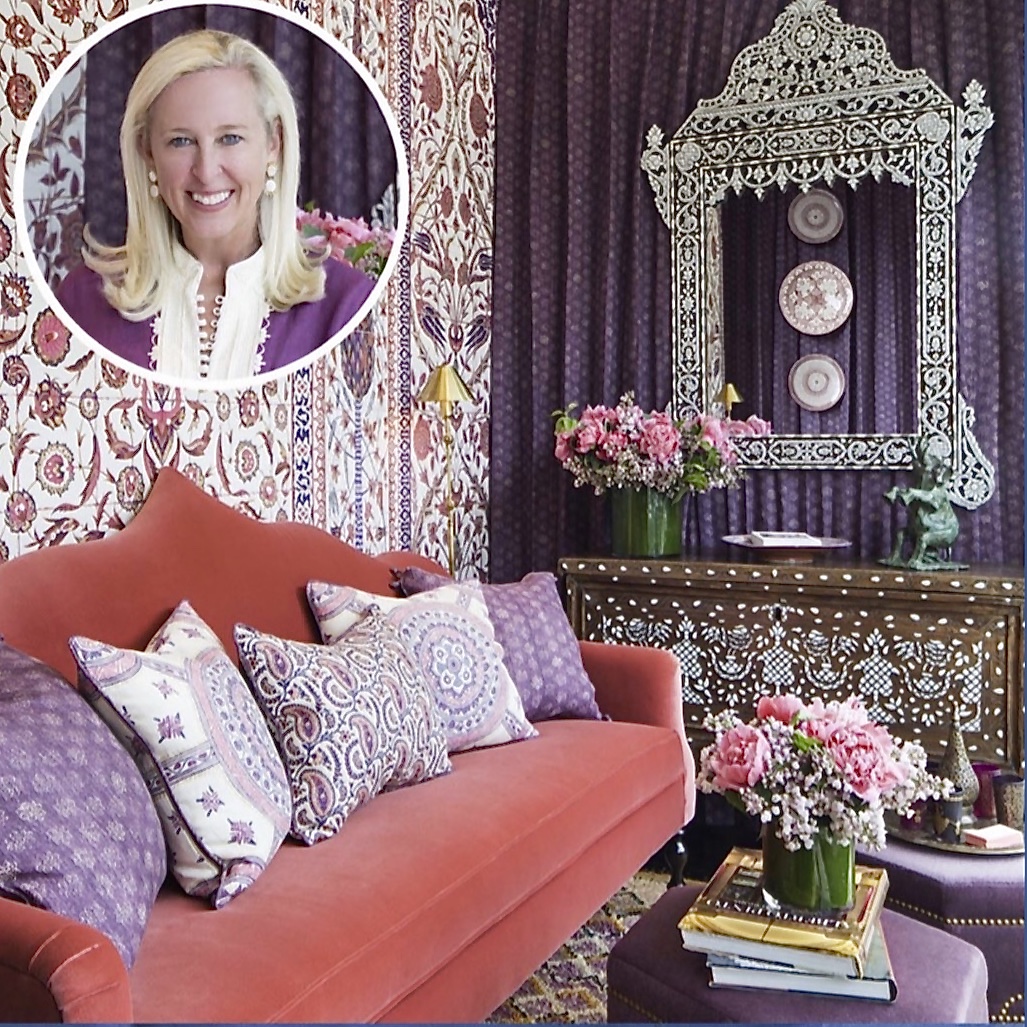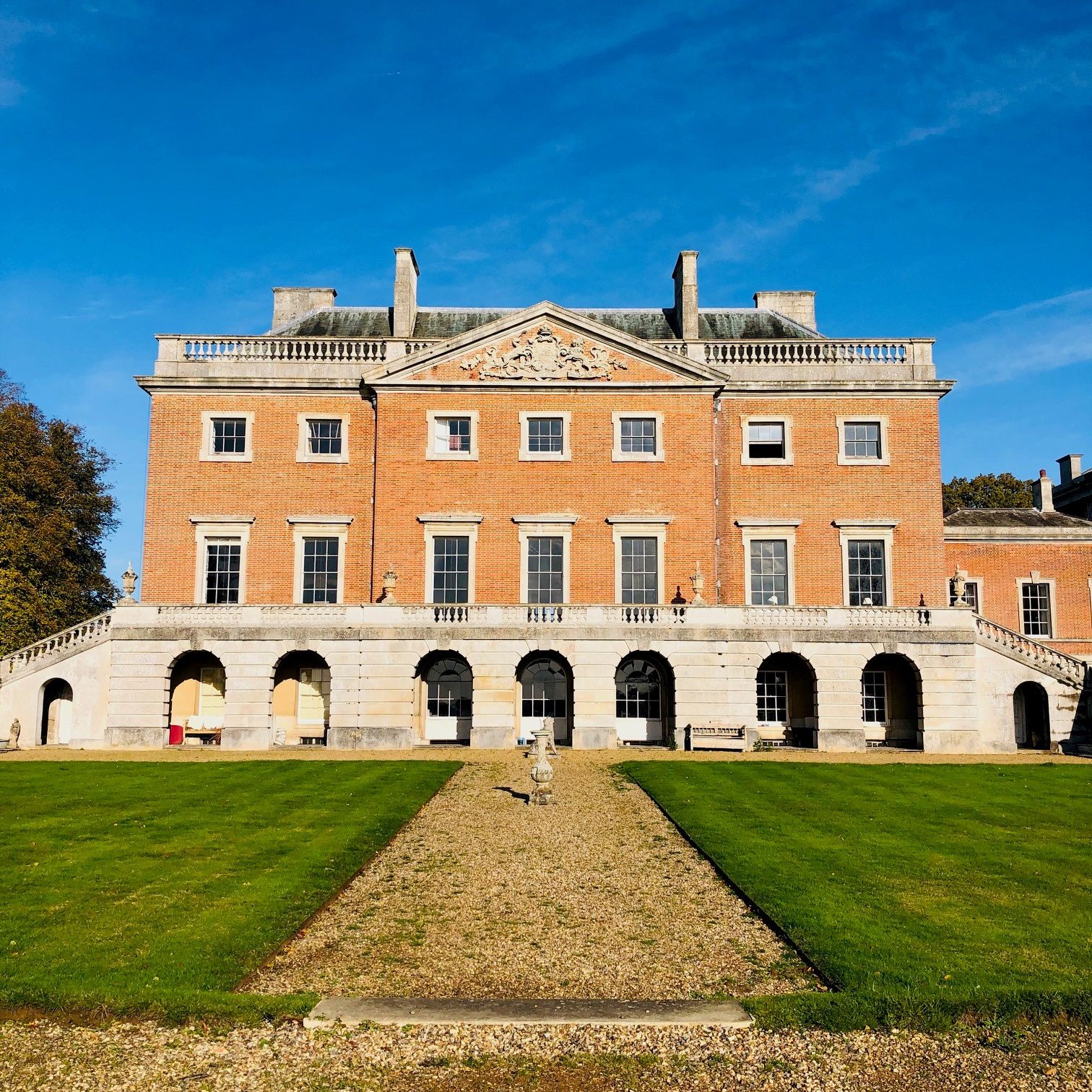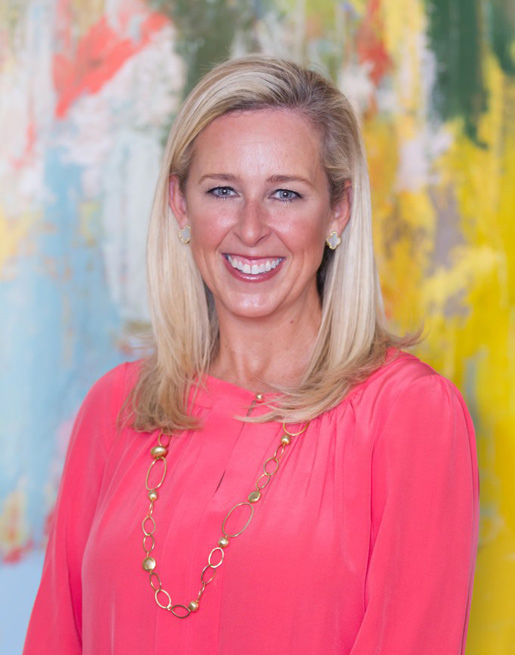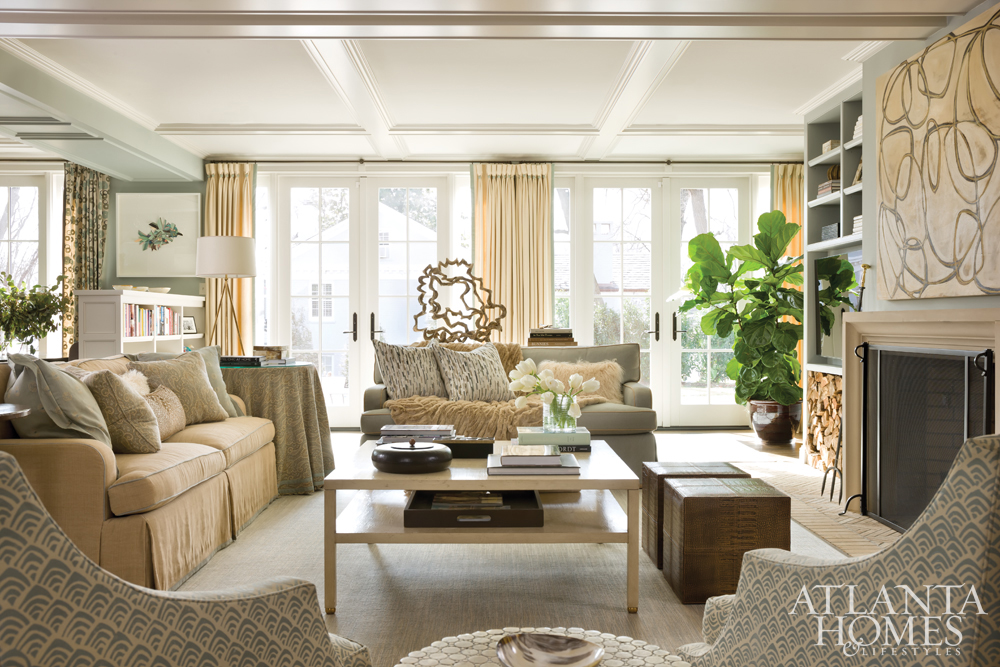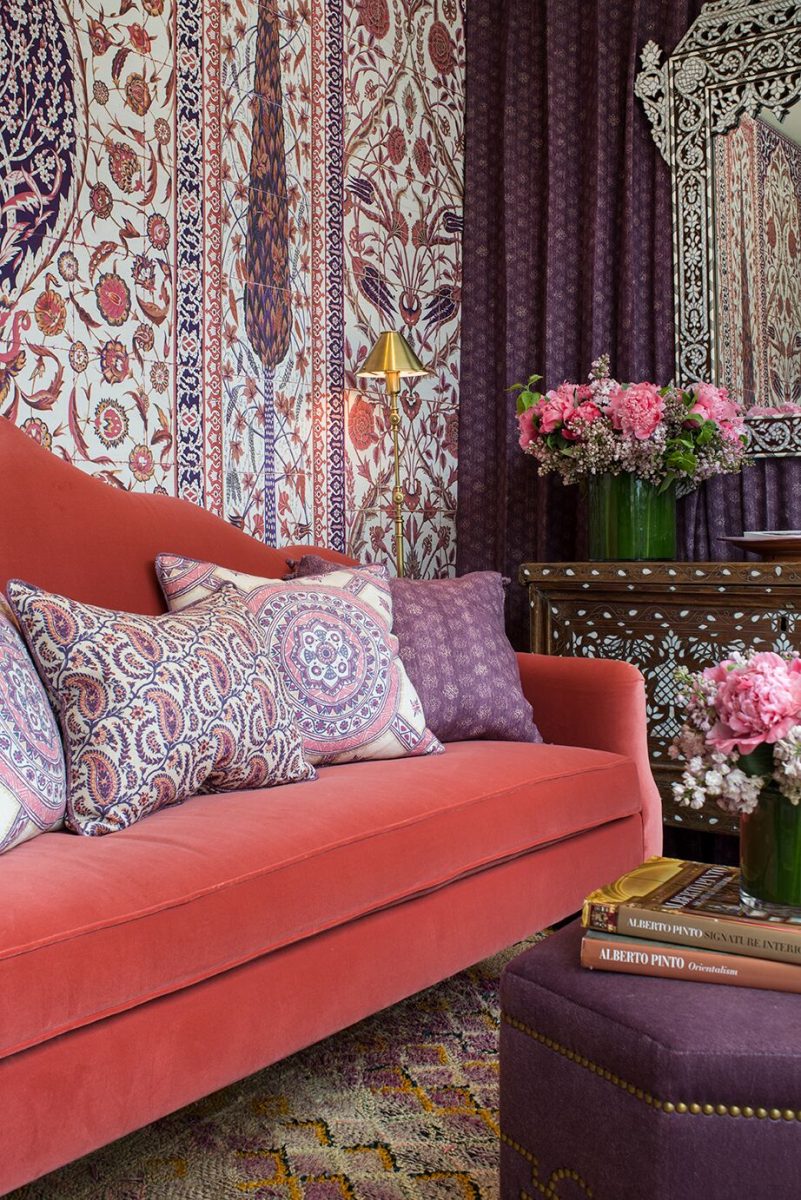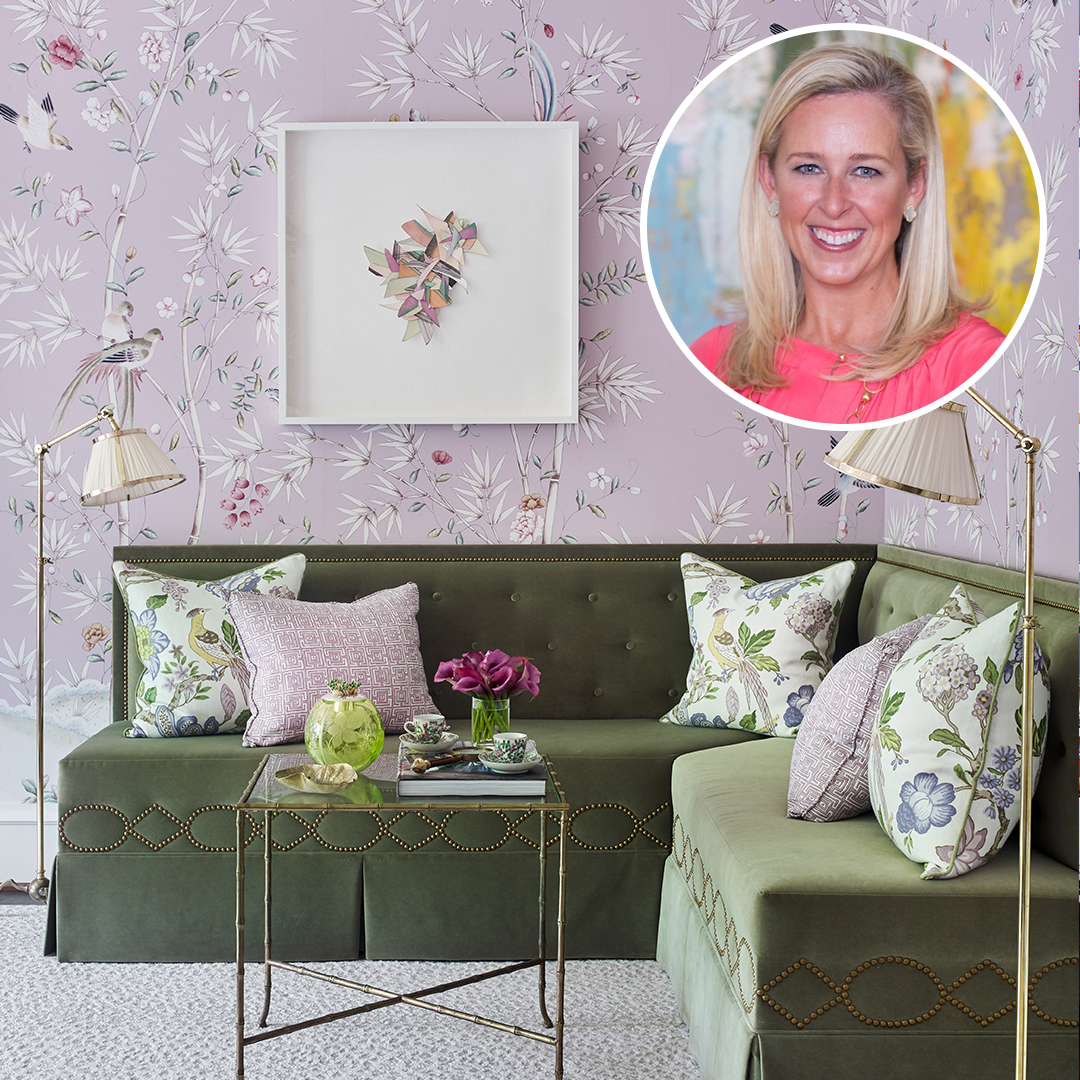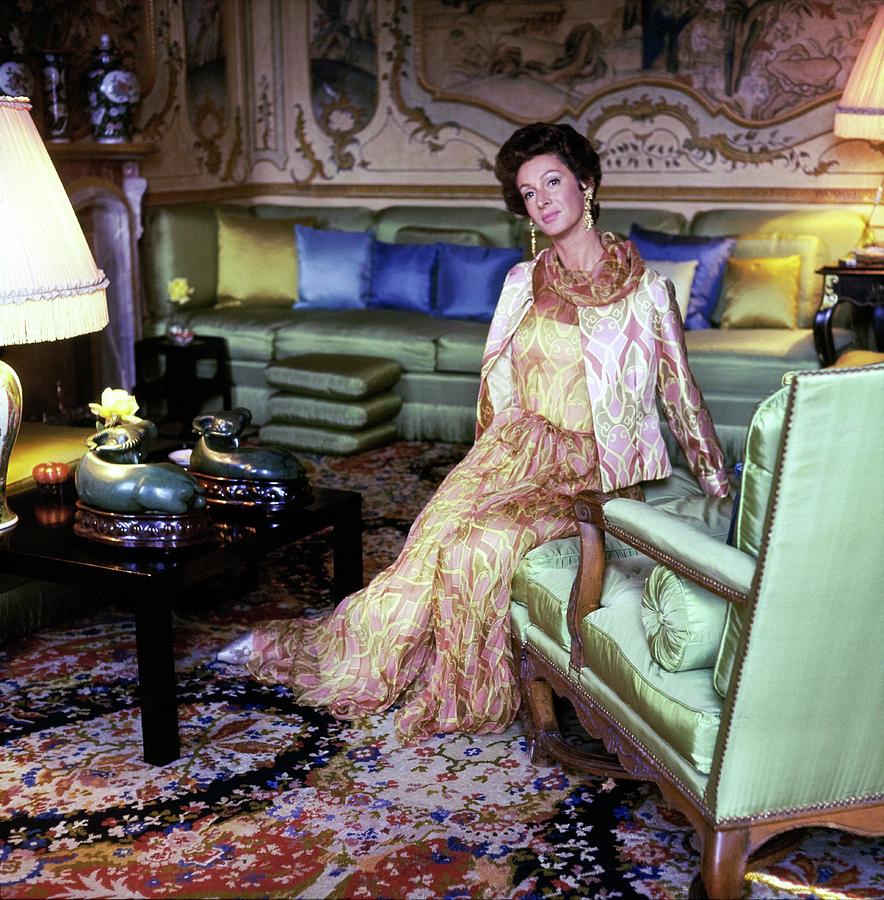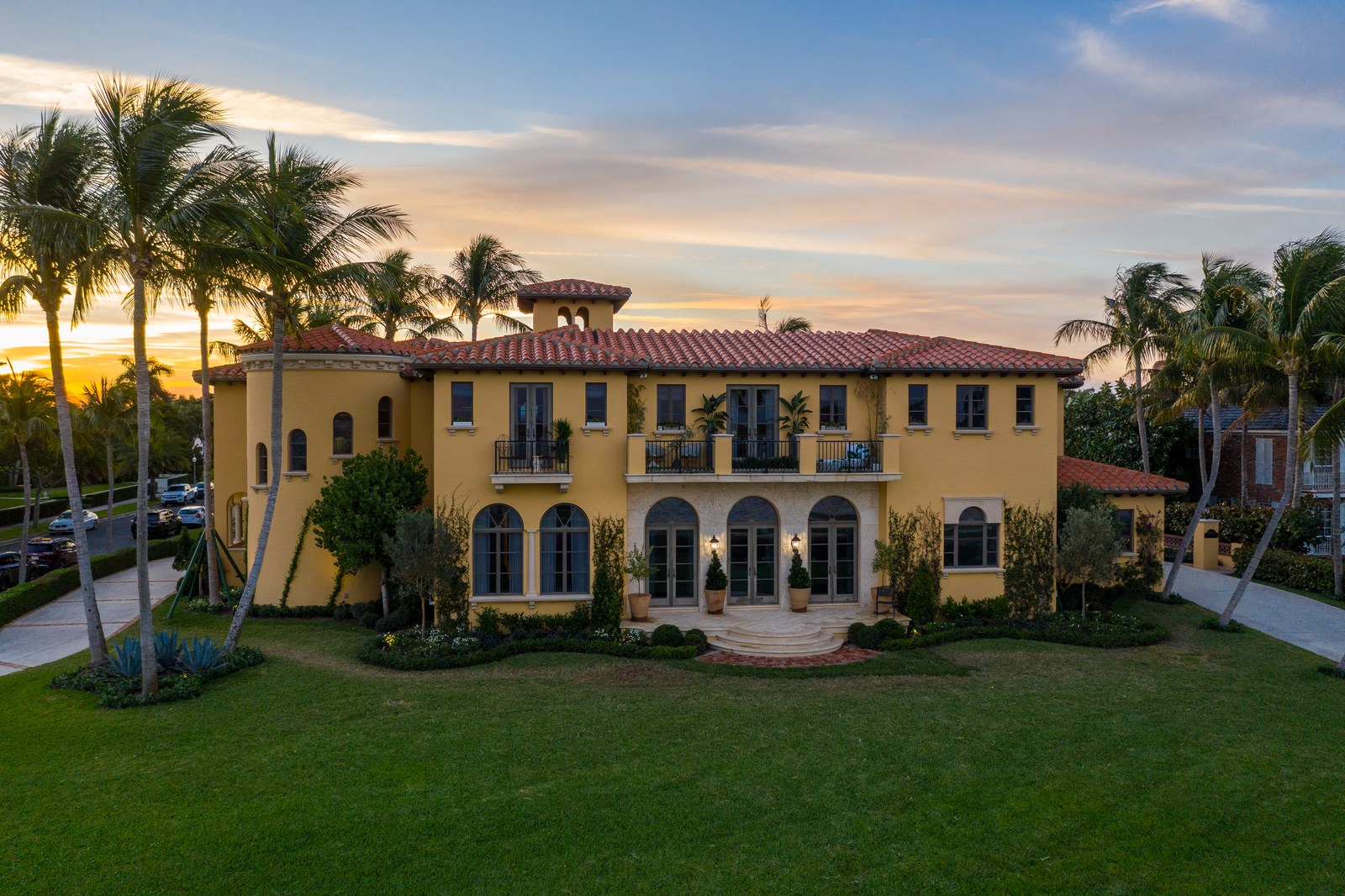“I believe that Marrakech ought to be earned as a destination. The journey is the preparation for the experience. Reaching it too fast derides it, makes it a little less easy to understand.” -Tahir Shah
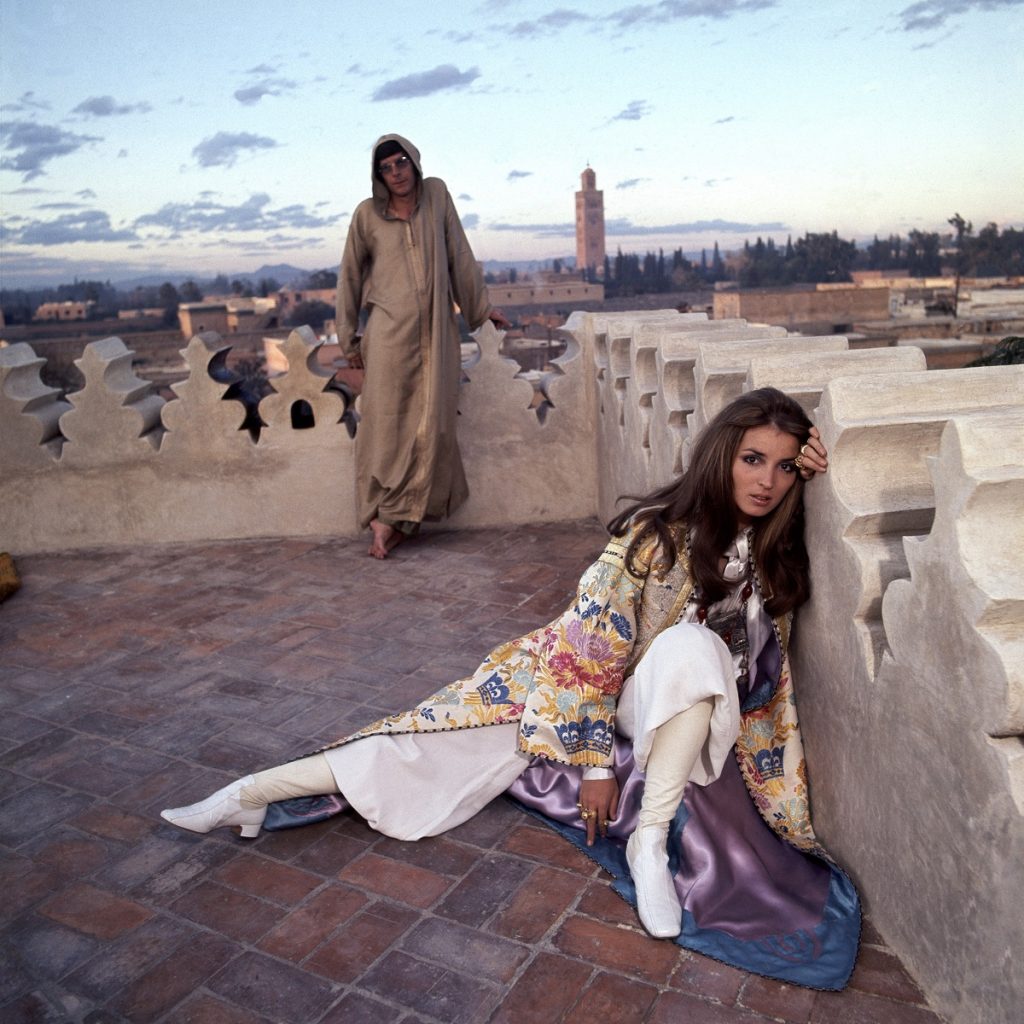
I am channeling my inner Talitha Getty this weekend packing and preparing for our Marrakech adventure. I have always been enchanted with the patterns and colors of Morocco, but this is the first trip where I knew so little about the customs and culture of a destination. Every place I have traveled before I had studied in various classes from high school to design school learning everything from the history and religion to the art of architecture of the region. I have tried to do a self taught crash course in all things Moroccan and I am beyond fascinated by this part of the world the more that I learn.
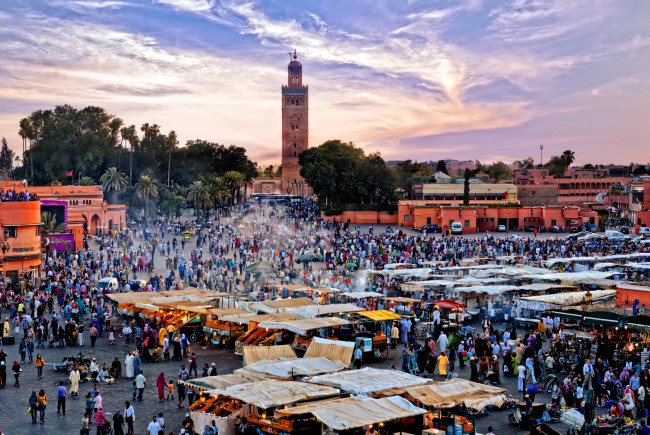
The varied culture, customs and design influences can be attributed to the number of groups that have conquered Morocco…Arabs, Berbers, Africans, Turks, Romans, Byzantines, and French. Around 1000BC, the area around Marrakech served as a temporary campsite to nomads who made their living crossing the Sahara and trading with African tribes to the south. A permanent city was not founded until 1062, when Ben Youssef of the Almoravid dynasty claimed the site for his soldiers and erected the Koutobia mosque. Marrakech became an important cultural, economic and military base.
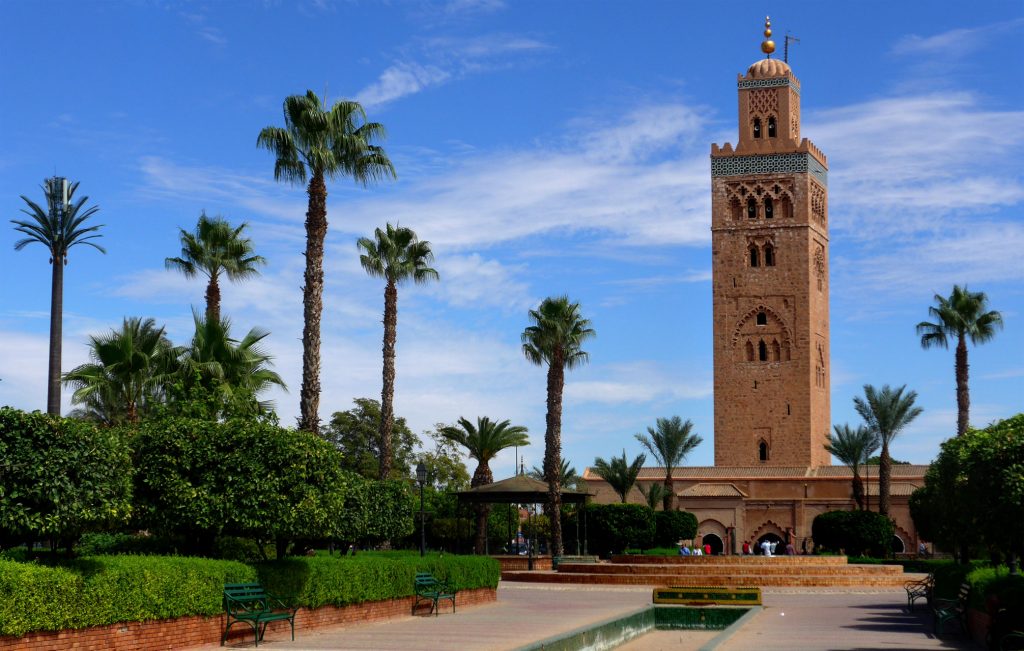
“Understanding Morocco’s history and culture is essential to finding the answer to Morocco’s design equation. So many foreign, indigenous and religious influences have left their mark on Moroccan decor in indeliable ways. And the end is a heady mixture of old and new that has caught the design world by storm.” -Maryam Montague, Marrakesh By Design
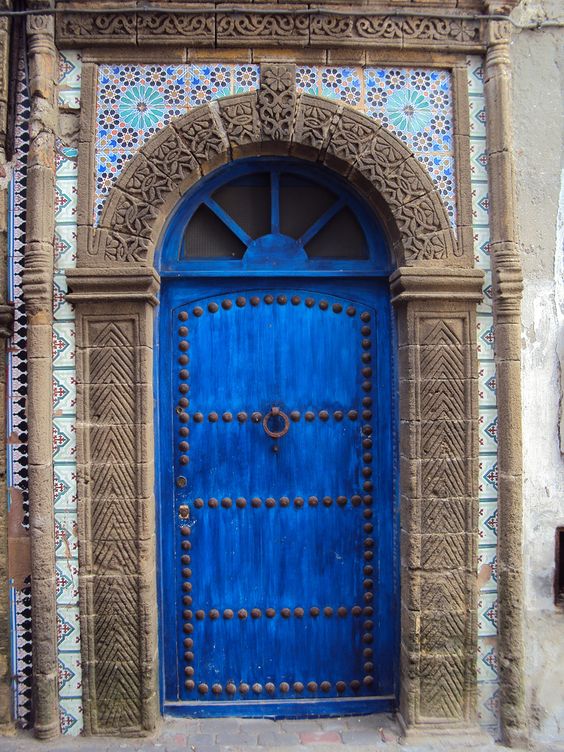
Maryam’s book explains how Moroccans believe in magic in both good and bad. Most design elements have great significance. Talismans, numbers, colors, symbols, and substances are thought to have magical powers. Doors are painted blue to ward off evil spirits from entering the home.
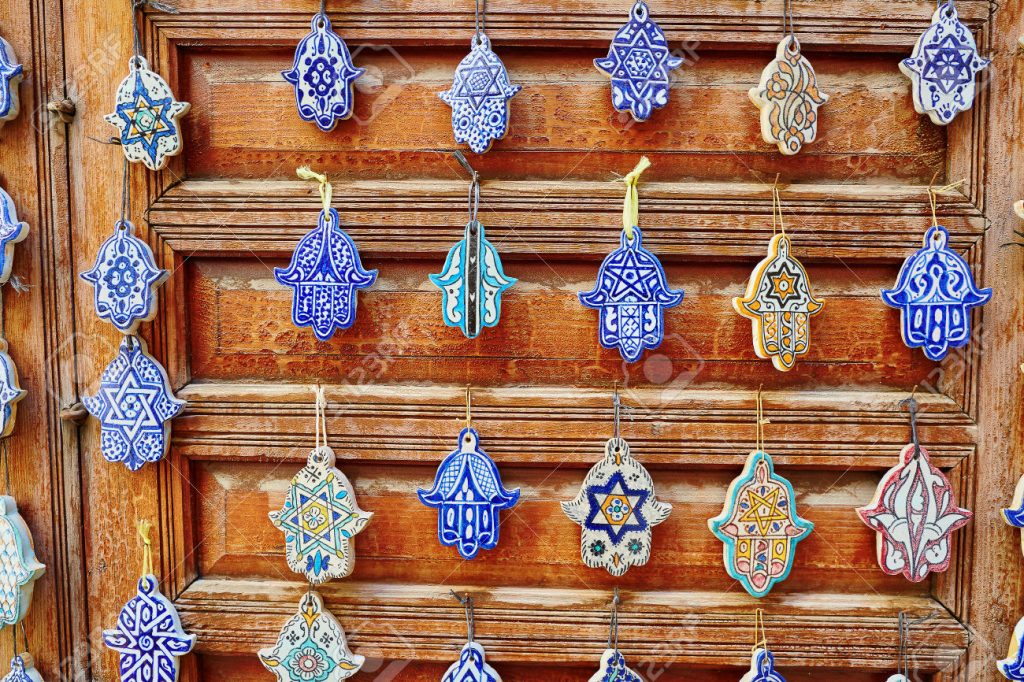
Selection of traditional Moroccan amulets, khamsa, providing defense against the evil eye.
The Moroccans have the reputation of being friendly and gracious. Perhaps it is their fear of the “evil eye” that makes them so admirable. “The evil eye can be described as a glance combined with a compliment. Compliments are believed to be dangerous if they are associated with envy and coveting; a person’s good fortune, good health, or good looks may provoke envious people to cast the evil eye…Some Moroccans belive if not twarted, the evil eye can provoke sickness or misfortune, and thus every effort must be made to circumvent it through the use of symbols, substances and talismans.” -Maryam Montague Marrakesh By Design
Modesty is paramount to also discourage the “evil eye.” Morocco is a conservative nation with 99% of its population identifying as Muslims. Therefore, the first rule to dressing in Morocco is to respect Islam’s emphasis on modesty. Clothes and accessories are not meant to attract attention or excessively reveal the body. Women should ensure that their clothes do not expose the décolletage, shoulders, or thighs. Furthermore, because of Islam’s emphasis on modesty, brand names are not often seen on Moroccan streets and the display of ostentatious jewelry, luxury handbags, and high-end electronics is discouraged . Most households tend to live prudently, and value giving to the community over materialism.
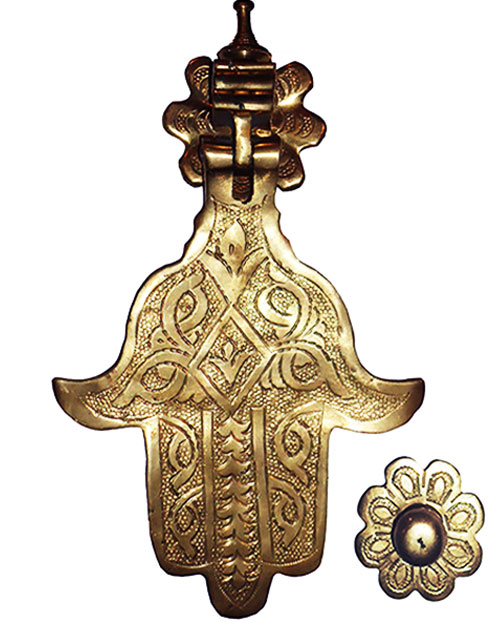
Hand shaped door knockers represent the protective hand of Fatima.
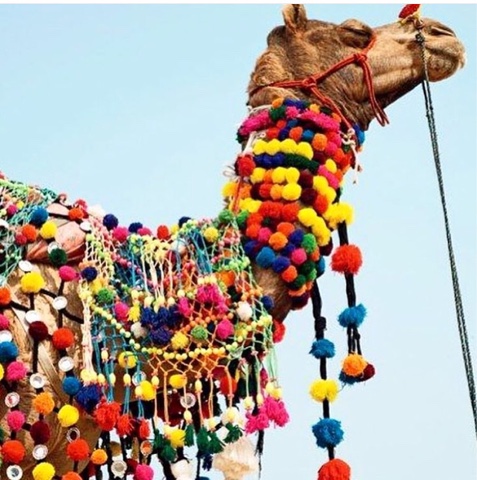
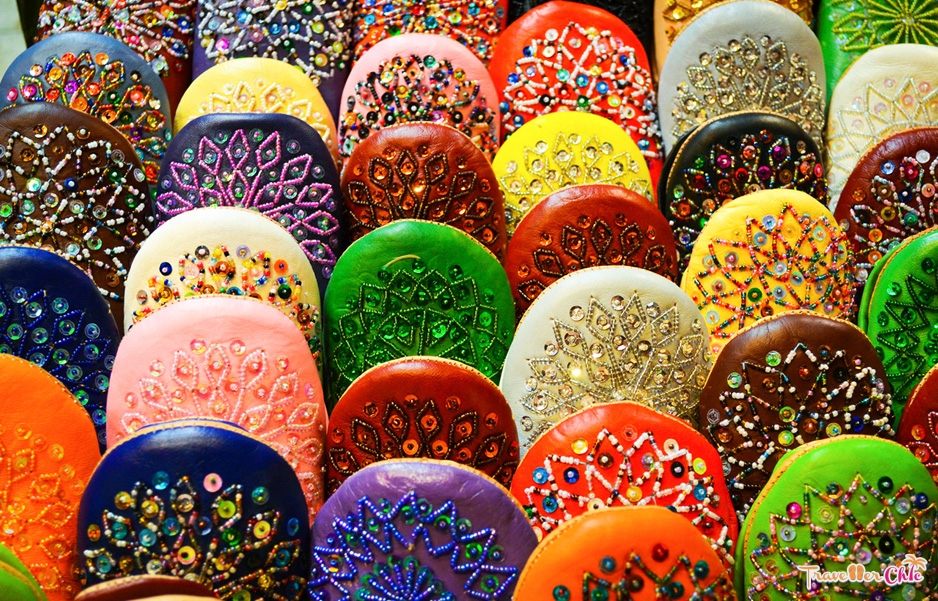
Pom Poms are sequins are also thought to ward off the veil eye and mischievous genies.
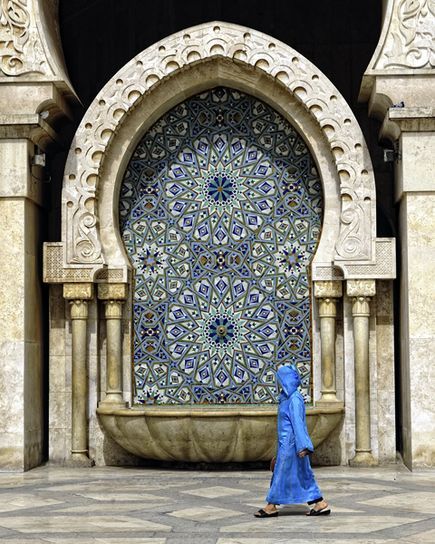
Even in tile design, there is significance to the designs. Islam prohibits the depiction of human and animal figures because it is imitating God’s creation. Therefore, Tastir (geometric) and Tawriq (floral) are the predominant patterns found in the designs. The repeating patterns symbolize eternity and are said to inspire meditation on the eternal nature of God.
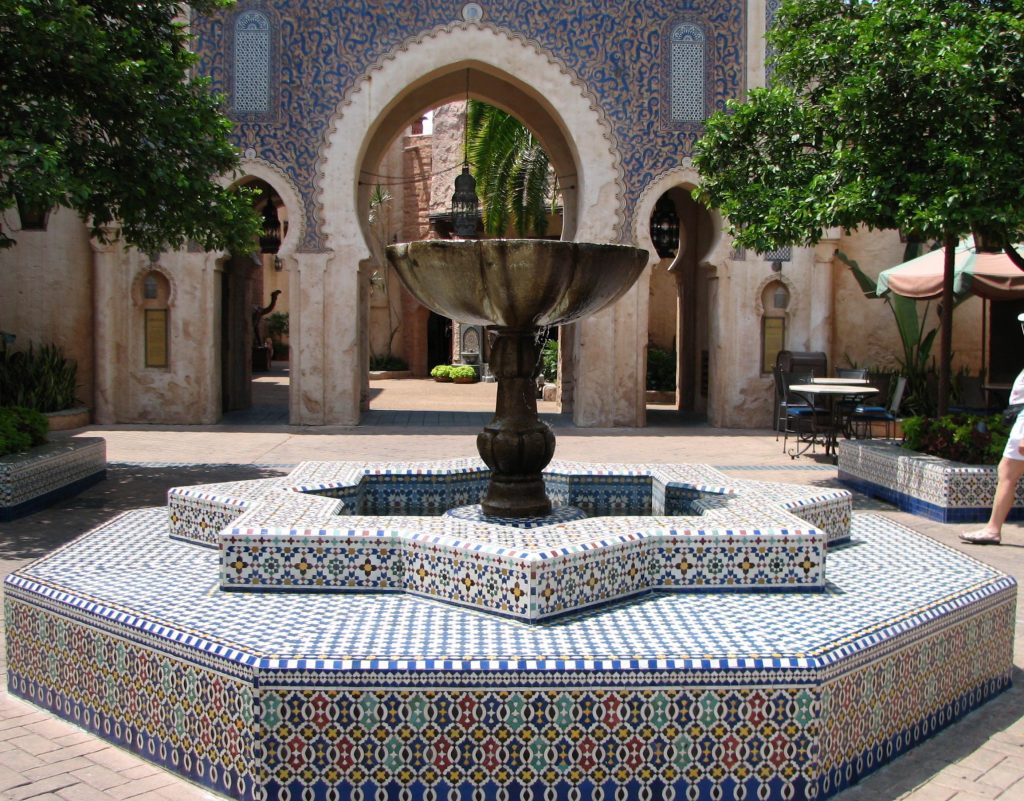
Fountains play a major decorative role in the culture. Water symbolizes paradise and rules mandate cleanliness before prayer.


Symbols instead of actual animal depictions are used as talismans in Moroccan rug. Click here to read a previous post dedicated to the various Moroccan rug designs.
Finally, join us on our Instagram Takeover for Traditional Home September 25-27 as we share the sights, designs, and visual experiences of Marrakech with Cloth & Kind, The English Room and Buckingham Interiors +Design!

